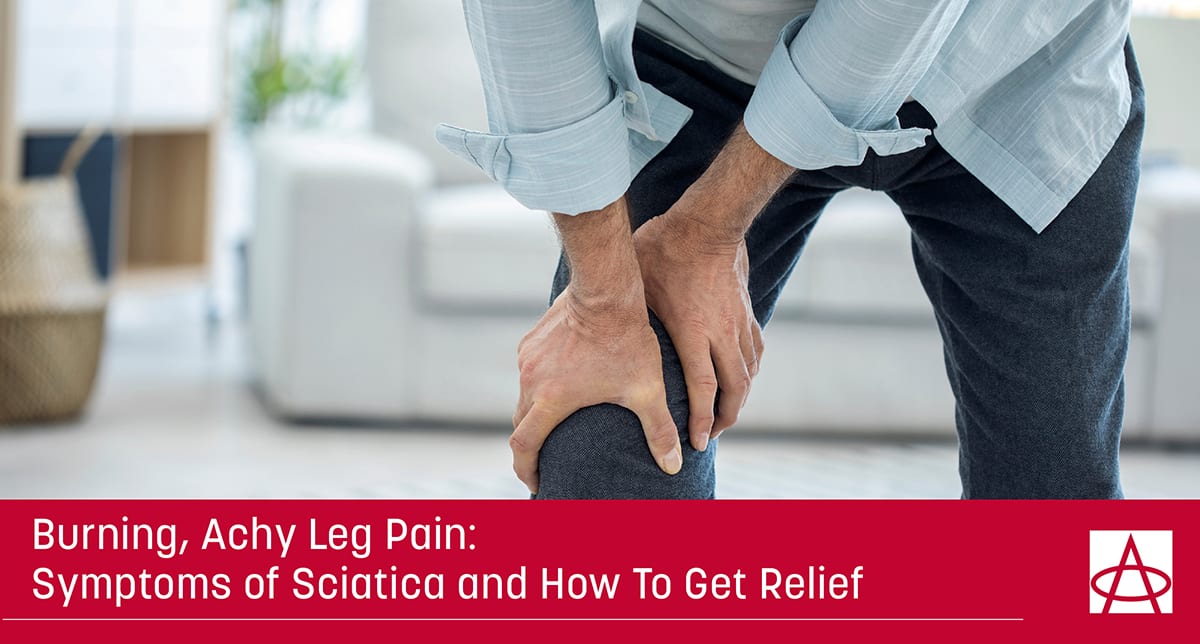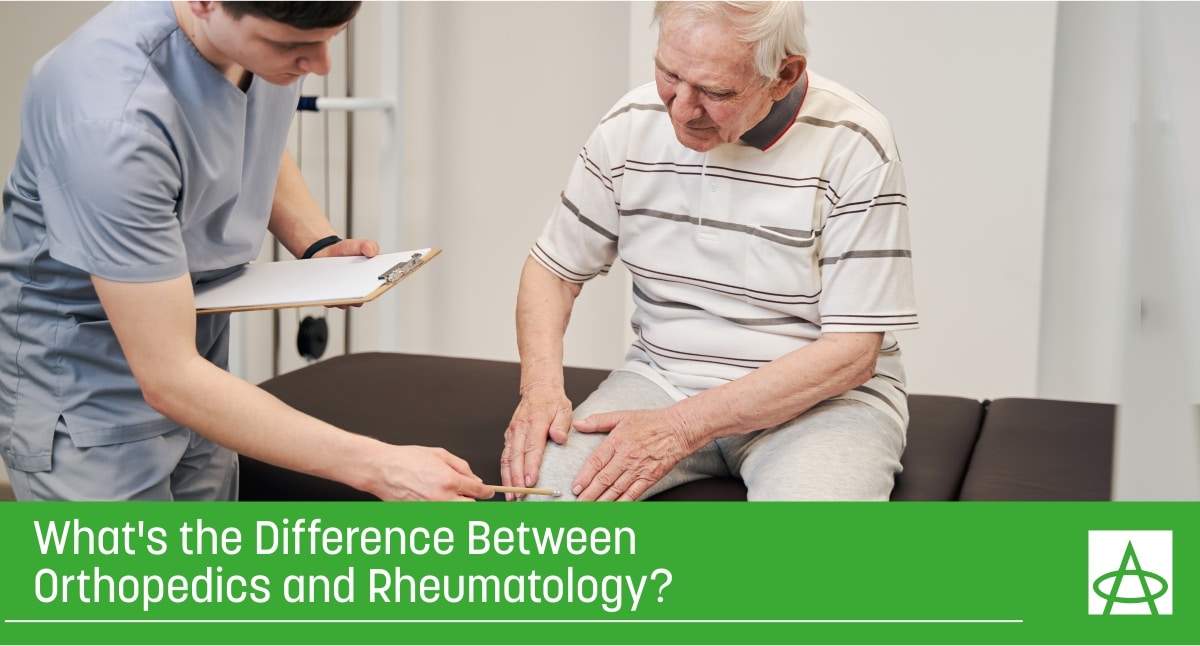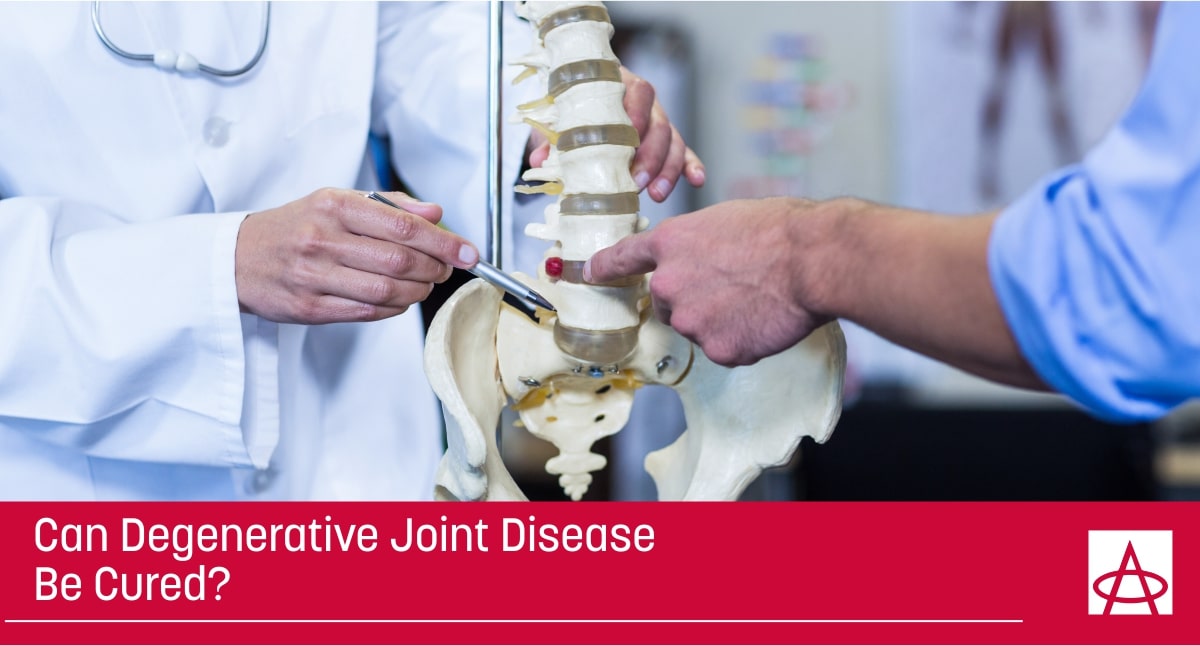Burning, Achy Leg Pain: Symptoms of Sciatica and How To Get Relief
By Adam Spjute, M.D. Sciatica is a condition where pain radiates from your buttocks and lower back, down your legs, following the same path as the sciatic nerve. However, sciatica is a bit of a misnomer. Most sciatica pain has nothing to do with the sciatic nerve. Sciatica is most commonly caused by issues above the sciatic nerve, in the lumbar spine. These spinal issues can cause pain that mirrors the path of the sciatic nerve. There are many options for sciatica pain relief, ranging from physical therapy to medication to surgical intervention. However, the appropriate treatment is specific to the cause
What’s the Difference Between Orthopedics and Rheumatology?
Approximately 1 out of every 4 adult Americans experience joint pain and stiffness caused by conditions such as arthritis or gout [1]. According to recent research, an estimated 24% of American adults (approximately 58.5 million people) have been diagnosed with gout, lupus, rheumatoid arthritis, general arthritis, or fibromyalgia [2]. When suffering from persistent, acute, or chronic pain, knowing whom to consult for the right treatment is a crucial first step. Both orthopedics and rheumatology specialists can provide effective management and treatment of these conditions. However, while one treats them with surgical options, the other explores medical and non-surgical treatment options to
You Might Be Using the Wrong Approach When Treating Pain at Home! Try Cold Therapy Instead
By Advanced Pain Care Cold therapy, or cryotherapy, is a healing technique that exposes parts of the body or the whole body to controlled periods of extremely cold temperatures. Cold therapy can be used for a localized, smaller area like a joint or muscle, or larger swaths of the body. It can also range from a simple ice pack to much more advanced techniques like nitrogen chambers. Cold temperatures decrease blood flow to the area being treated for a short period, which can aid in reducing swelling, inflammation, and even nerve activity. In turn, this will reduce pain around the muscles, joints,
Can Degenerative Joint Disease Be Cured?
Degenerative joint disease affects millions of people worldwide, primarily in the form of arthritis. In the United States alone, approximately 32.5 million people suffer from osteoarthritis, which is one of the most common forms of the 100 different types of arthritis. While the highest incidence is among people aged 55-64, with women being the most affected, those above the ages of 45 are also susceptible to this joint degeneration[1]. Degenerative diseases of the joints develop with inflammation in the joints or when the cartilage within the joints in the human body (usually the spine, hands, hips, and knees) begins to wear





